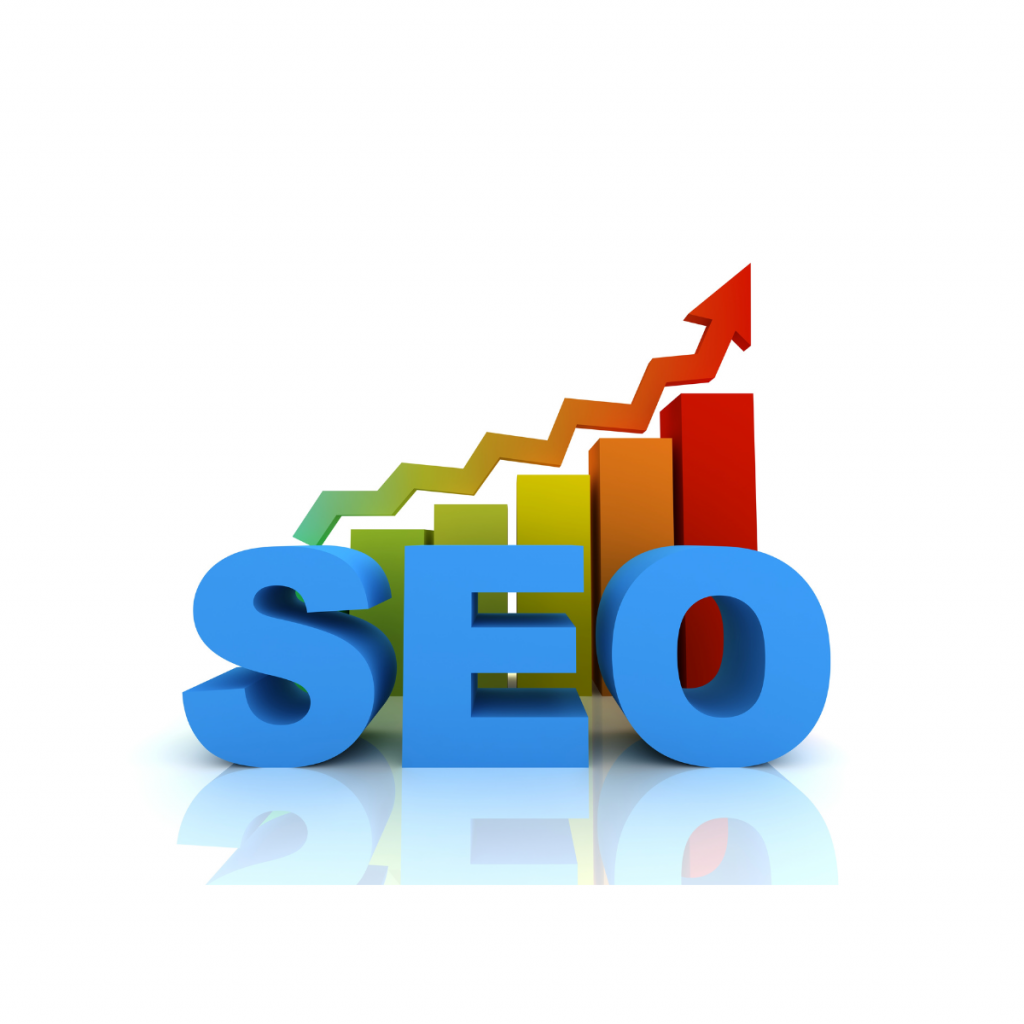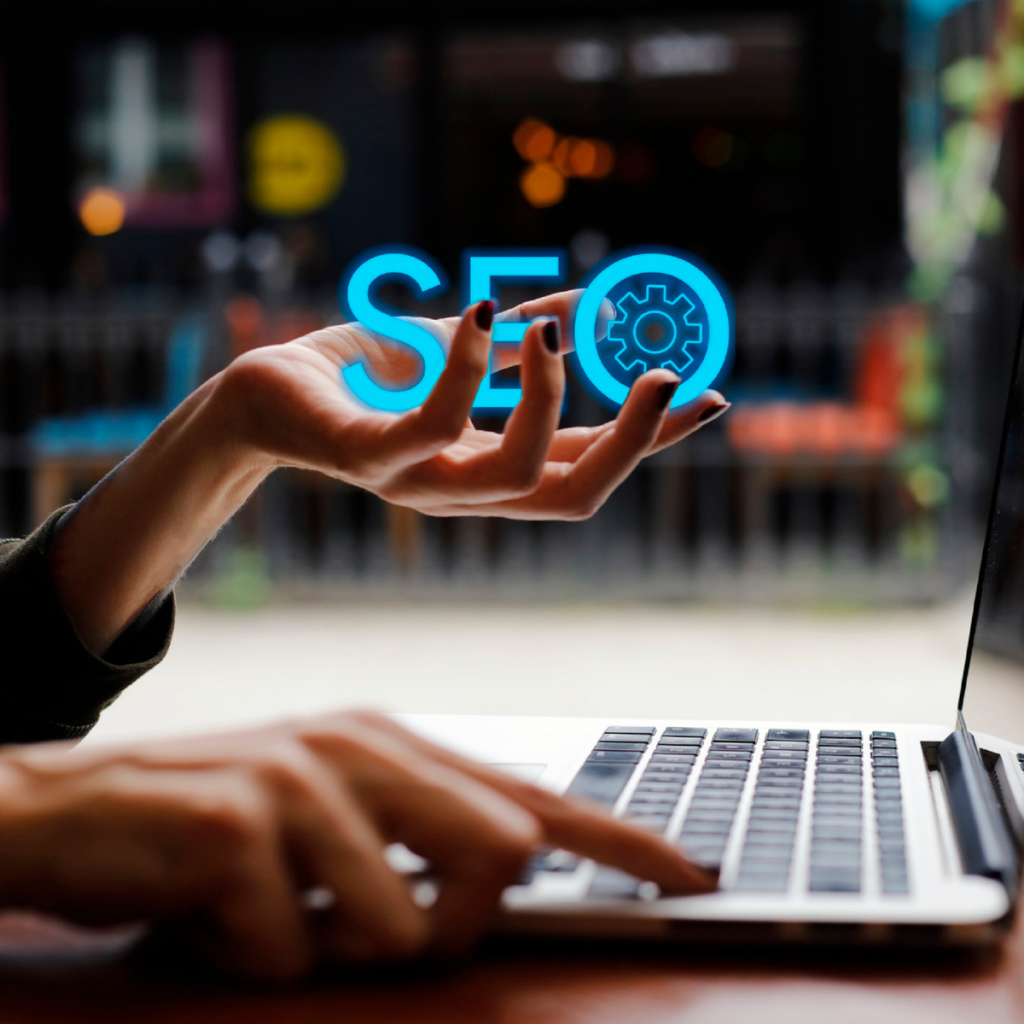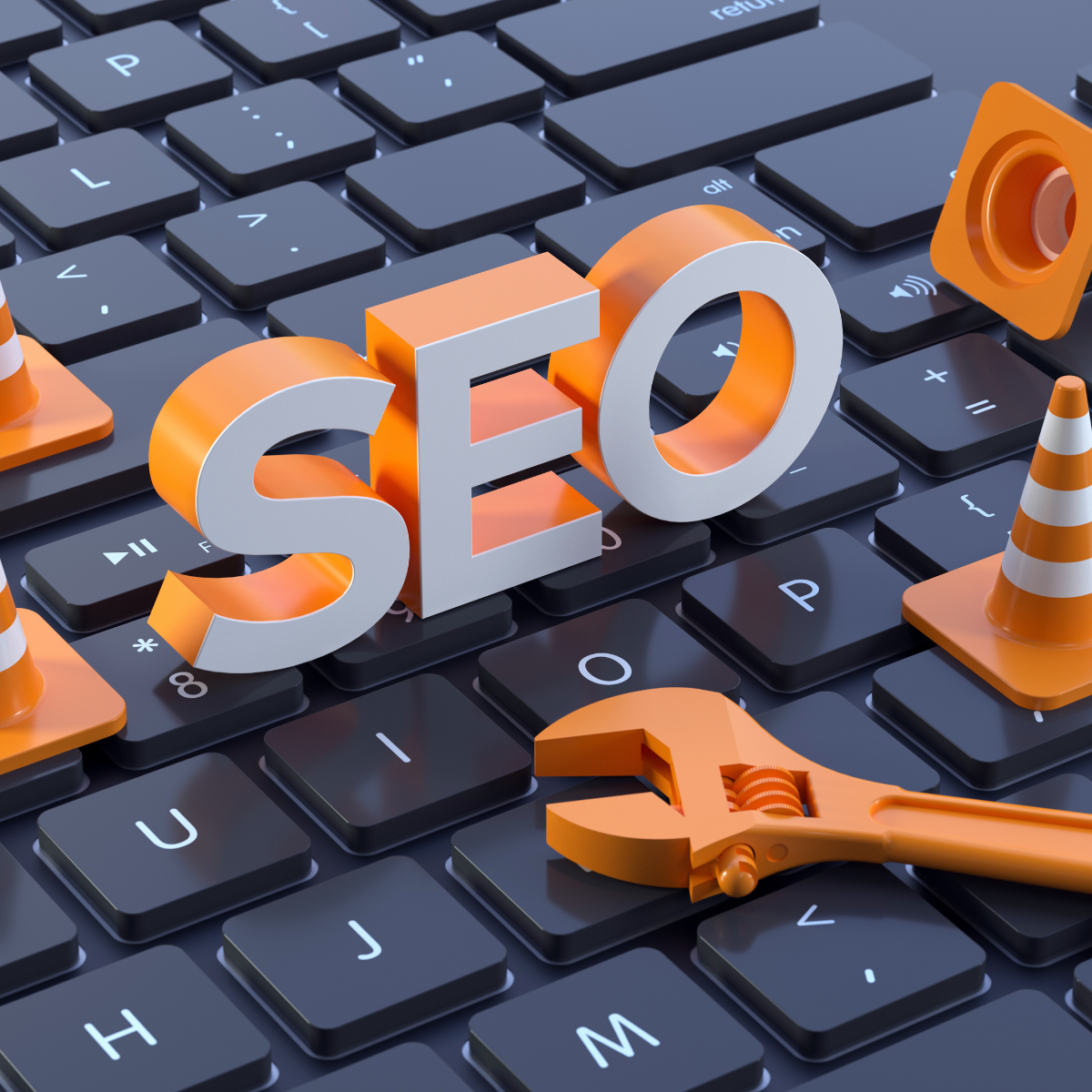In today’s highly competitive digital landscape, having an SEO-optimized website is essential for driving traffic and converting visitors into loyal customers. A website that ranks well on search engines like Google not only attracts more visitors but also provides an opportunity to convert them into leads and sales. However, simply driving traffic to your site isn’t enough. To ensure that your website delivers high conversion rates, it needs to be optimized not only for search engines but also for user experience. In this article, we’ll explore the key elements of building an SEO-optimized website that drives higher conversion rates, from technical SEO to design, content, and performance improvements.
Understanding the Importance of SEO for Conversions
Search Engine Optimization (SEO) is the process of improving a website’s visibility on search engines through targeted strategies such as keyword optimization, content creation, and link-building. While SEO is crucial for driving organic traffic, it is equally important to focus on converting that traffic into paying customers. For an SEO-optimized website to be effective, it must not only rank high in search results but also offer a seamless user experience that encourages visitors to take action.

When a website is well-optimized, visitors can easily navigate through it, find the information they need, and make purchasing decisions quickly. Optimizing for both search engines and conversions will ensure that your site isn’t just attracting visitors, but also turning them into valuable customers.
1. Focus on User Experience (UX)
A seamless user experience (UX) plays a pivotal role in driving conversions. If your website is difficult to navigate, visitors are more likely to leave without interacting with your content or making a purchase. High-quality UX design goes hand-in-hand with SEO, as search engines prioritize websites that are user-friendly and easy to navigate.
Key Elements for Better UX:
- Clear Navigation: Ensure that users can find what they are looking for without frustration. Use a simple, intuitive menu with categories and subcategories that make sense.
- Fast Loading Speed: A slow-loading website will result in higher bounce rates and lower conversion rates. Optimize your website’s speed by compressing images, reducing server response time, and utilizing a content delivery network (CDN).
- Mobile Responsiveness: With mobile traffic growing every year, having a mobile-friendly website is crucial. Google also ranks mobile-friendly sites higher, making it essential for SEO and conversions.
- Clear Call to Action (CTA): Every page should include a compelling CTA that guides the visitor toward the next step, whether that’s purchasing a product, signing up for a newsletter, or downloading a resource.
2. Optimizing for Keywords
Effective keyword optimization is a core part of SEO, but it’s equally important for conversion. When you target the right keywords, you ensure that your website is visible to potential customers actively searching for products or services like yours.
How to Optimize Keywords:
- Conduct Keyword Research: Use tools like Google Keyword Planner or Ahrefs to identify high-volume, relevant keywords for your business. Focus on long-tail keywords, which often have lower competition and are more likely to convert.
- Optimize Meta Tags and Headers: Ensure your target keywords are included in the page’s title tags, meta descriptions, and header tags (H1, H2, etc.). This not only improves SEO but also makes it easier for visitors to understand the content at a glance.
- Incorporate Keywords Naturally: Avoid keyword stuffing, which can negatively impact both SEO and user experience. Instead, integrate keywords naturally into your content, ensuring that it reads smoothly while still targeting relevant terms.
3. Create High-Quality Content
Content is one of the most effective ways to drive traffic and convert visitors into customers. High-quality content not only improves SEO rankings but also engages and educates potential customers. When users find valuable information on your website, they are more likely to trust your brand and take the next step in their buying journey.
Content Strategies for Higher Conversions:
- Informative Blog Posts: Create blog posts that address your target audience’s pain points and provide solutions. Optimize blog content with relevant keywords to boost SEO while offering value to your readers.
- Product Descriptions: For e-commerce websites, product descriptions are crucial for conversions. Focus on writing compelling, informative descriptions that highlight the benefits of each product and include relevant keywords.
- Customer Testimonials and Reviews: Social proof is a powerful conversion tool. Include customer reviews, case studies, and testimonials on product pages to build credibility and trust.
- Video Content: Videos are incredibly engaging and can drive conversions by demonstrating how your product or service works. Whether through product demos, tutorials, or customer stories, video content can enhance user experience and increase trust.
4. Improve Your Site’s Conversion Rate Optimization (CRO)
Conversion Rate Optimization (CRO) is the process of improving the elements of your website to increase the percentage of visitors who complete a desired action, such as filling out a form or making a purchase. SEO and CRO go hand-in-hand; without optimization, your website may receive a lot of traffic but fail to convert those visitors into leads or sales.
Key CRO Techniques:
- A/B Testing: Test different versions of your landing pages, CTAs, and forms to see which ones perform better. A/B testing allows you to refine your approach and optimize your conversion rates over time.
- Lead Magnets: Offer valuable content in exchange for contact information, such as an eBook, free trial, or discount. This not only helps build your email list but also keeps visitors engaged with your brand.
- Exit-Intent Popups: Use popups to capture leads from visitors who are about to leave your website. Offer discounts, free consultations, or other incentives to encourage visitors to stay and convert.
5. Enhance On-Page SEO for Better Visibility
On-page SEO is crucial for ensuring that your website is visible in search engine results. By optimizing on-page elements such as titles, headers, meta descriptions, and image alt texts, you increase your website’s chances of ranking higher and attracting relevant visitors. A well-optimized website is more likely to engage users, which can ultimately lead to higher conversion rates.
Key On-Page SEO Techniques:
- Optimize Image Alt Texts: Images should be properly optimized with descriptive alt texts that include relevant keywords. This enhances SEO and helps visually impaired users understand the content.
- Internal Linking: Use internal links to guide visitors to other relevant pages on your website. This not only improves navigation but also helps search engines crawl your site more effectively.
- Schema Markup: Implement structured data (schema markup) on your website to help search engines better understand your content and display rich snippets in search results. This can increase click-through rates and improve user experience.
6. Focus on Local SEO
If your business targets a local audience, optimizing your website for local SEO is essential for increasing conversions. Local SEO strategies ensure that your website ranks well for geographically specific searches, helping you attract visitors in your area who are more likely to convert.
Local SEO Optimization Tips:
- Google My Business: Set up and optimize your Google My Business profile to appear in local search results and Google Maps. Ensure that your business name, address, and phone number (NAP) are consistent across all online platforms.
- Local Keywords: Include location-based keywords in your content, meta tags, and headers to improve your local search rankings.
- Local Reviews: Encourage customers to leave reviews on platforms like Google and Yelp. Positive local reviews can improve your rankings and help build credibility with potential customers.
7. Technical SEO for a Smooth User Experience
Technical SEO refers to the behind-the-scenes elements of your website that impact its ability to rank well on search engines and provide a smooth experience for visitors. A technically optimized website ensures that search engines can crawl, index, and rank your pages effectively, which in turn supports better user experience and higher conversion rates.

Key Technical SEO Elements:
- XML Sitemap: Ensure that your website has an up-to-date XML sitemap that helps search engines crawl your site more efficiently.
- SSL Certificate: Having a secure website with HTTPS is not only important for SEO but also for user trust. Ensure that all pages on your website are served over HTTPS to keep user data secure.
- Fix Broken Links: Regularly check for and fix any broken links on your website to avoid frustrating users and negatively impacting your SEO.
Conclusion
Building an SEO-optimized website isn’t just about driving traffic; it’s about creating a user-friendly experience that encourages visitors to take action and convert into customers. By focusing on SEO best practices, enhancing user experience, creating valuable content, and optimizing your conversion rates, you can build a website that not only attracts visitors but also turns them into loyal customers. Remember, SEO and conversion optimization should work together seamlessly to achieve higher rankings and increased conversions, ensuring long-term success for your business.

Leave a Reply